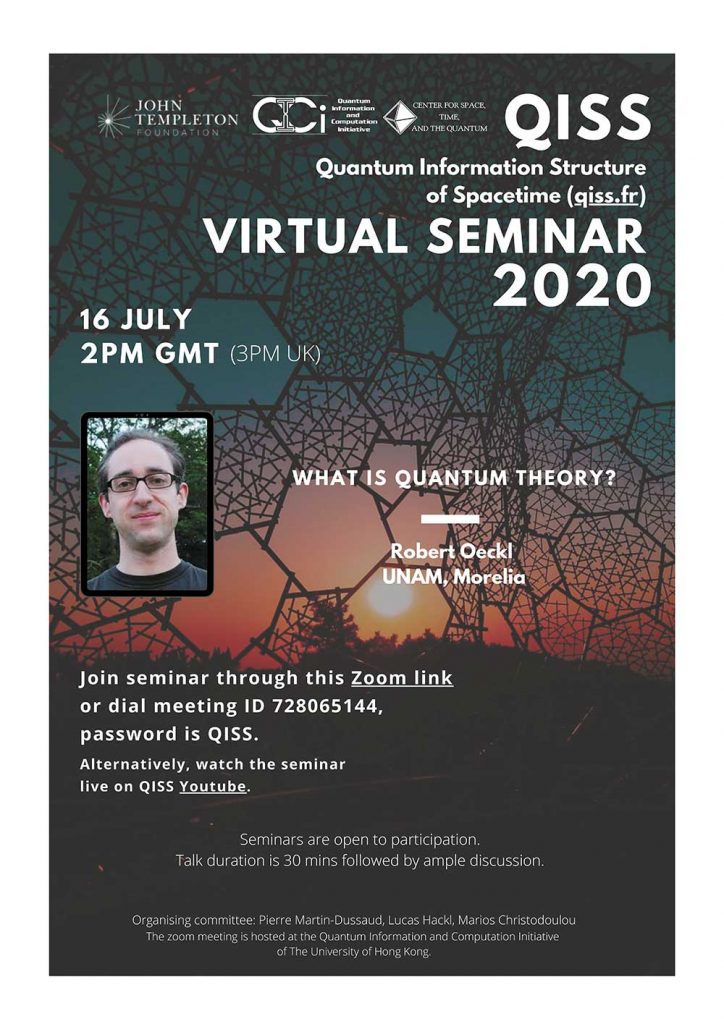Inference of gravitational field superposition from quantum measurements
Experiments are beginning to probe the interaction of quantum particles with gravitational fields beyond the uniform-field regime. In non-relativistic quantum mechanics, the gravitational field in such experiments can be written as a superposition state. We empirically demonstrate that alternative theories of gravity can avoid gravitational superposition states only by decoupling the gravitational field energy from the quantum particle’s time evolution. Furthermore, such theories must specify a preferred quantum reference frame in which the equations of motion are valid. To the extent that these properties are theoretically implausible, recent experiments provide indirect evidence that gravity has quantum features. Proposed experiments with superposed gravitational sources would provide even stronger evidence that gravity is nonclassical.
